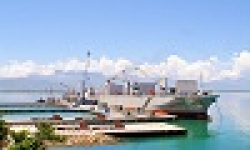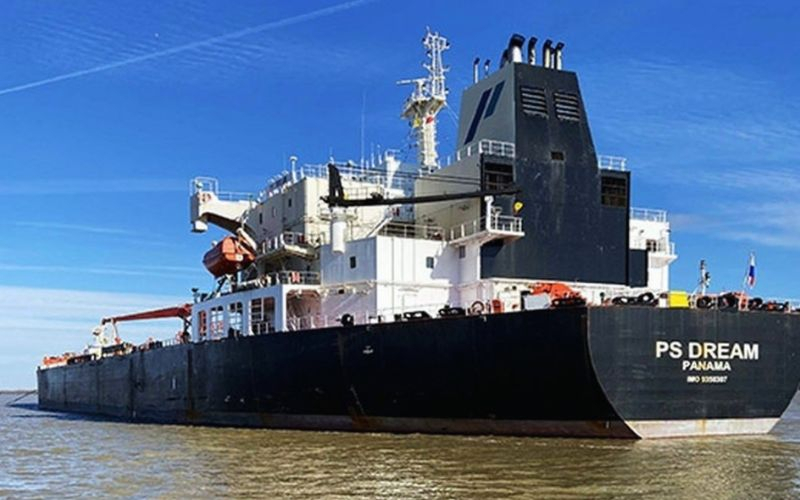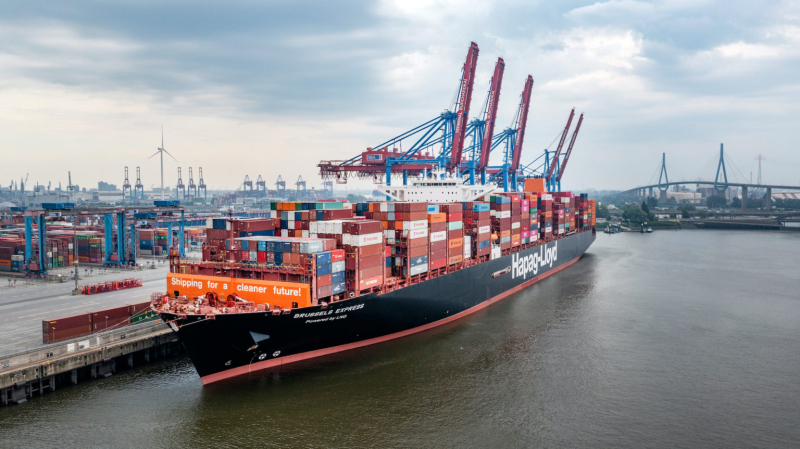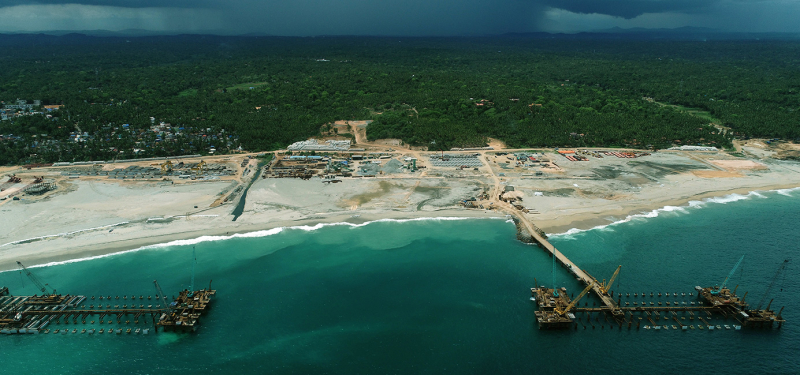
Diversions via the Cape of Good Hope to avoid attacks since November 2023 have had a major positive impact on freight rates, in particular container shipping, and if the ceasefire leads to vessels returning to the Suez Canal this would be reversed.
In a statement issued yesterday Oman’s Foreign Minister Badr Albusaidi said discussions aimed at de-escalating the conflict in the Red Sea had resulted in an immediate ceasefire.
“Neither side will target the other … ensuring freedom of navigation and the smooth flow of international commercial shipping” in the Red Sea," said Albusaidi.
US President Donald Trump also confirmed that an agreement to cease attacks had been reached.
The new came just days after the Houthi threatened to attack tankers carrying US oil exports.
However, the biggest impact would be on container shipping that could see a glut of tonnage, no longer needed on the far longer route around the Cape of Good Hope, suddenly looking for employment, more than 1 million teu in total, with a further 1.5 million teu expected to be delivered from shipyards this year.
“The one element of the container shipping market that affects freight rates the most [Red Sea diversions] - may be nearing an end,” wrote Xeneta chief analyst Peter Sand in a LinkedIn post. “But let's see if this is really happening,” he added.
Shippers trading between Europe and Asia have paid a significant premium on rates, compared to to pre-Red Sea crisis levels. Those rate levels were loss-making for the carriers.
Sand compared Xeneta’s rate data from 7 November 2023 to rates being experienced today on the Far East to the Mediterranean Sea, with the 2023 spot rates 70% below the cost of shipping in today’s market.
Spot rates into Europe from Asia are at $3,139 per feu, long-term rates are up by 55%, at $2,519 per feu – “this will change a lot when carriers eventually return to their normal service routings,” said Sand.
According to MDS Transmodal data in December 2023 there were 377 vessels operating on the Asia to Europe trades, with an average size of 15,417 teu, totalling 5.8 million teu. By December 2024, 459 ships, on average of 15,271 teu, aggregating more than 7 million teu capacity were deployed on the trades. In January this year those figures had declined slightly to 450 ships aggregating 6.9 million teu, with an average size of 15,322 teu.
Effectively, if the Asia to Europe trades were to return to 2023 routes, with similar demand, some 73 ships each in excess of 15,000 teu would need to be redeployed.
“If transiting the Red Sea to its full extent is once again safe. The balance of the market will once again shift. From its current tightness to one where overcapacity will depress freight rates,” forecast Sand.
It remains to be seen whether the hot war has in fact ended, with the Houthi’s having told told Reuters on Wednesday that the conflict with Israel was not included in “any way, shape or form” in the agreement mediated by Oman.
Both Israel and Yemen have launched deadly attacks on airports, with Israeli strikes on Sanaa Airport injuring 21, according to the Houthis, which was in retaliation to Monday’s attack on Ben Gurion Airport in Israel which injured eight.
A Houthi statement blamed "US-Israeli aggression" for the attack on Sanaa Airport, reported the BBC, while the US denied any involvement.
While the hot war still rages the prospect of a resumption of commercial shipping through the Suez Canal could fundamentally change the economics of the container market.





























